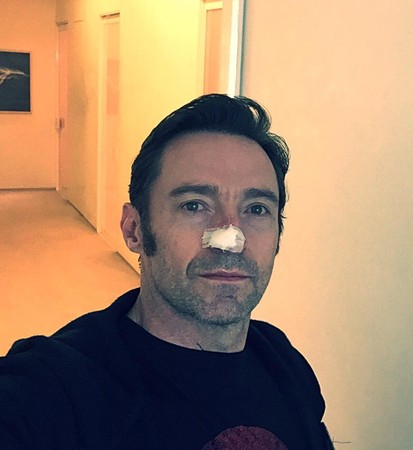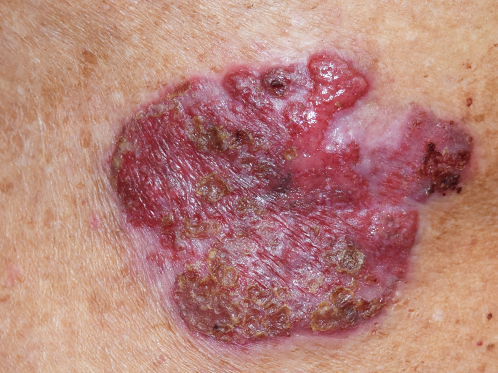Spotting the Hidden Danger: What You Need to Know About Basal Cell Carcinoma


You may not have heard of basal cell carcinoma, but even the iconic Australian actor Hugh Jackman, who played Wolverine, has battled this disease several times. So what exactly is basal cell carcinoma, where does it develop on the body, and why is it often overlooked? In this blog, let’s take a closer look at this common yet sneaky form of skin cancer.

Basal cell carcinoma is one of the most prevalent skin cancers around. According to the statistics from Hong Kong Cancer Fund, it accounts for around 70-85% of skin cancer cases and is most commonly found in fair-skinned individuals who have had prolonged sun exposure, particularly those in their golden years. Men are at a higher risk of this cancer than women, and it typically develops after the age of 50.
The sneaky cancer often crops up on the head, nose, neck and upper trunk. The affected site often appears as a small, pearly bump on the face, ears or neck. Alternatively, it may manifest as a rough, scaly patch of skin on the chest or back. It may trigger pain, bleeding or scabbing that recurs over and over again.
As basal cell carcinoma has milder symptoms and slower growth when compared to severely malignant melanoma, it often goes unnoticed. But if left untreated, it can metastasize to other skin tissues, making treatment more challenging.

Depending on the size and location of the basal cell carcinoma, doctors may opt for surgery, cryotherapy, chemotherapy or radiotherapy to eradicate cancer cells from the skin. Although the survival rate for basal cell carcinoma is higher than that of other skin cancers, it’s still important to stay vigilant of this disease. If you spot any unusual lumps or patches on your skin, seek medical attention for prompt treatment.
Related Brands


